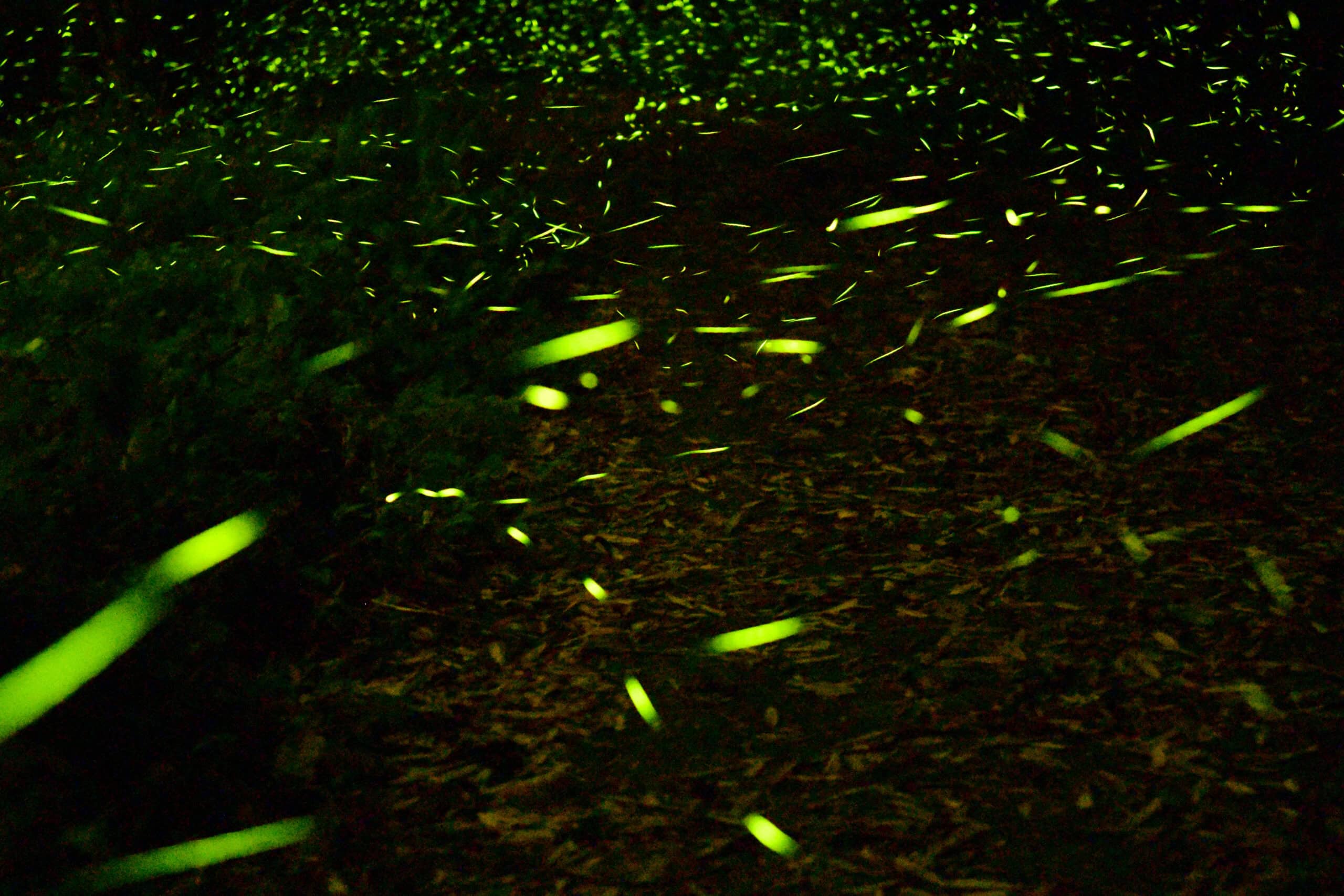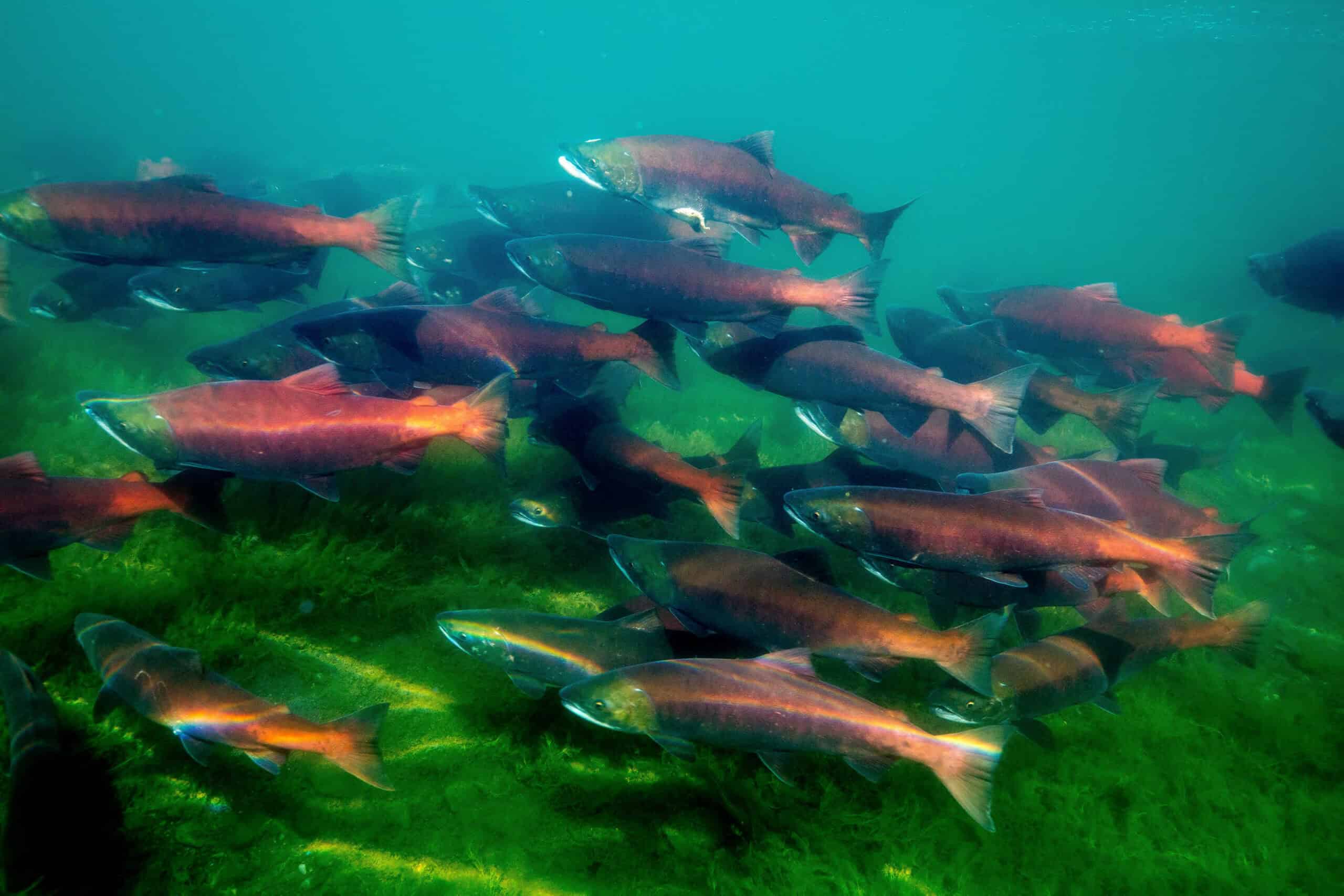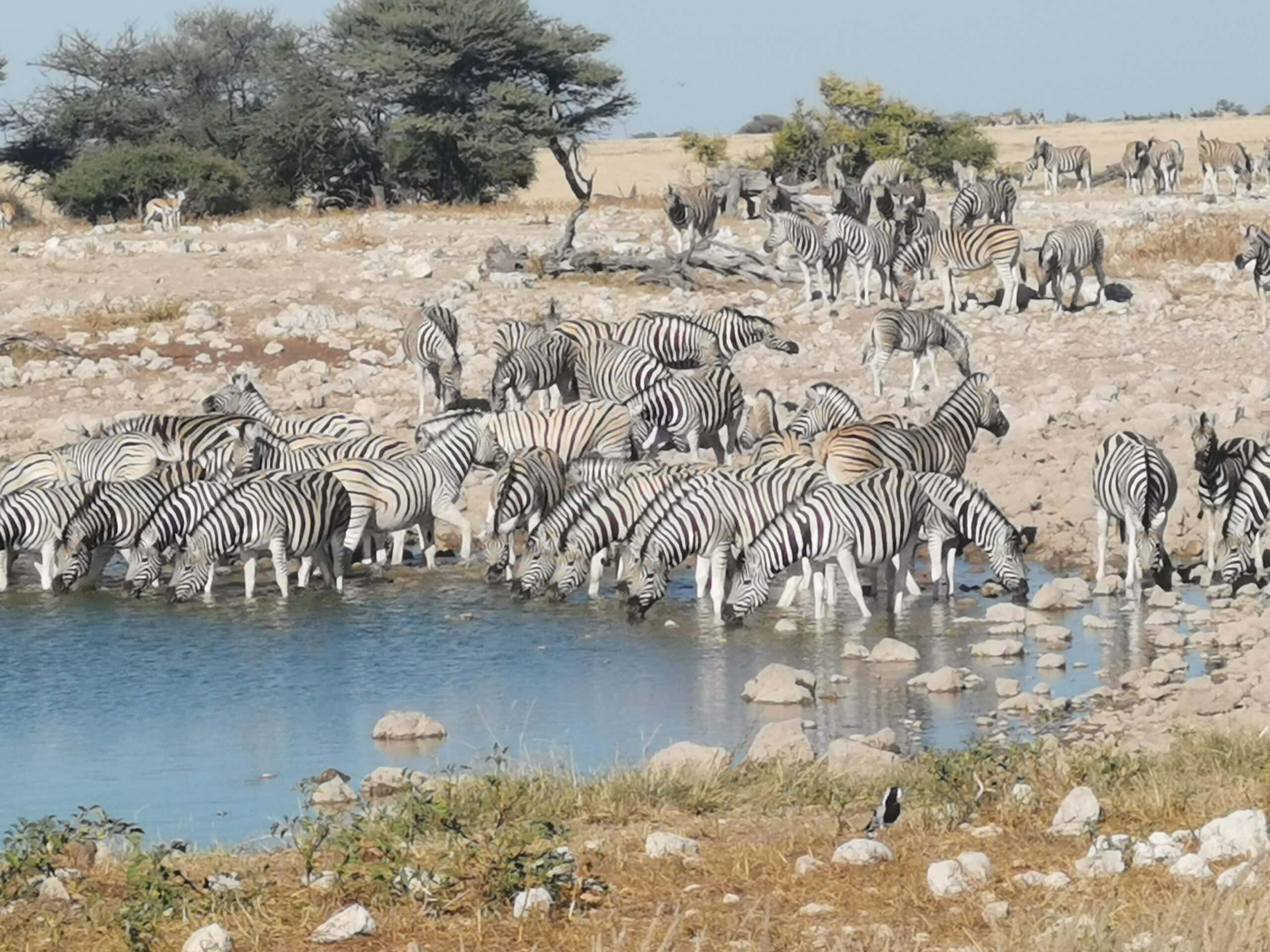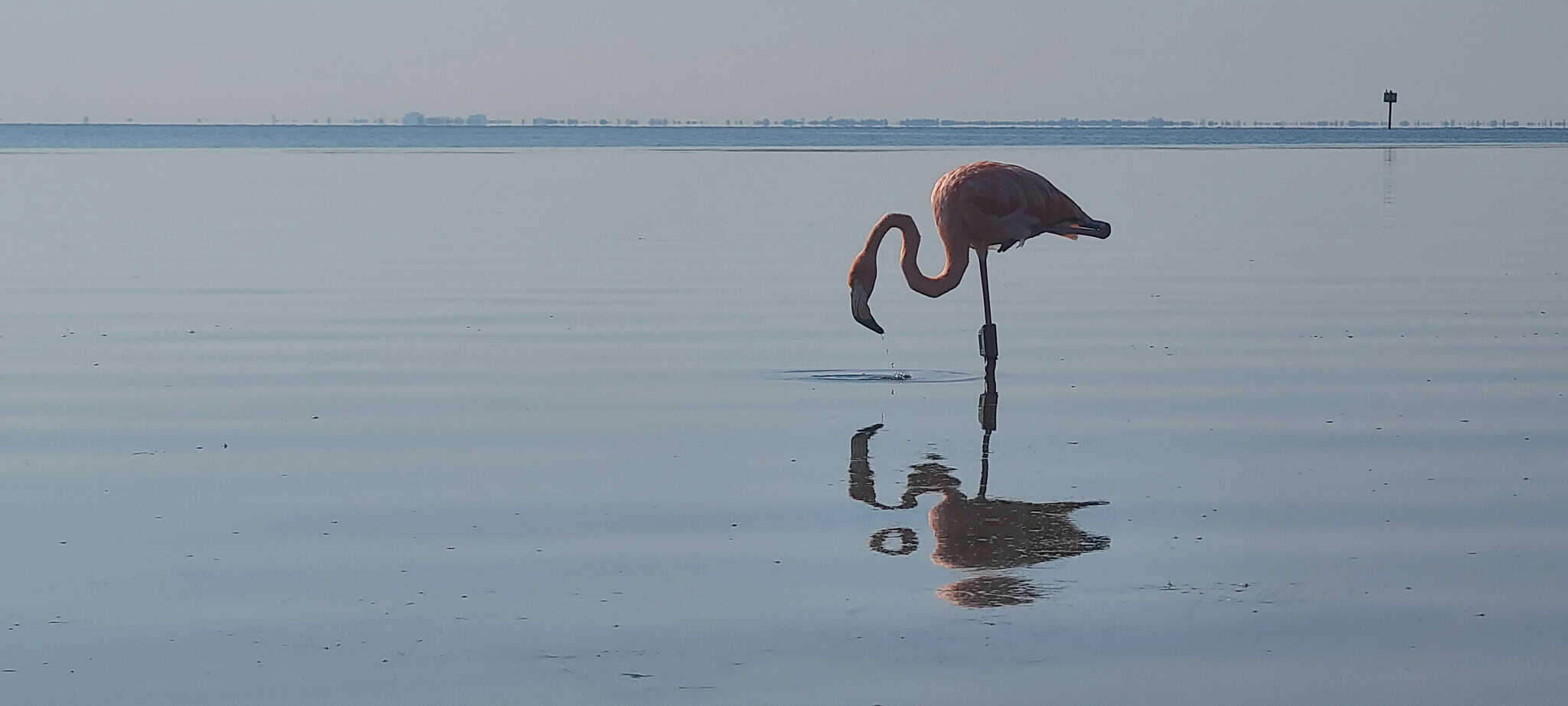Share this article
Shedding light on vanishing fireflies
Climate and other factors are reducing firefly populations
Fireflies are an iconic part of summer nights in much of North America, but their glow is fading. In a study in Science of the Total Environment, researchers looked at what is impacting their populations and found a number of shifting environmental and human factors.
Members of the beetle family, the insects thrive in temperate weather with wet, warm summers and cold winters. But rising temperatures and changes in precipitation are affecting their life cycles.
“Subtle changes in climate patterns, especially related to temperature, are significantly impacting firefly breeding cycles and habitat quality,” said principal investigator Darin McNeil, associate professor at the University of Kentucky Department of Forestry & Natural Resources.
Other factors, including artificial lights, urban growth and the use of pesticides and herbicides may also play a role.
To study these population changes, the research used a mix of field surveys from citizen scientists and advanced machine learning techniques to analyze over 24,000 surveys from the Firefly Watch citizen science initiative.
To better understand the issue, researchers said, more species-specific research is needed.
“This approach will be crucial in ensuring that future generations can also enjoy the natural wonder of fireflies lighting up the night sky,” McNeil said.
Header Image: : Fireflies are an iconic part of summer nights throughout much of North America, but their numbers are dwindling. Credit: Petet Lin








